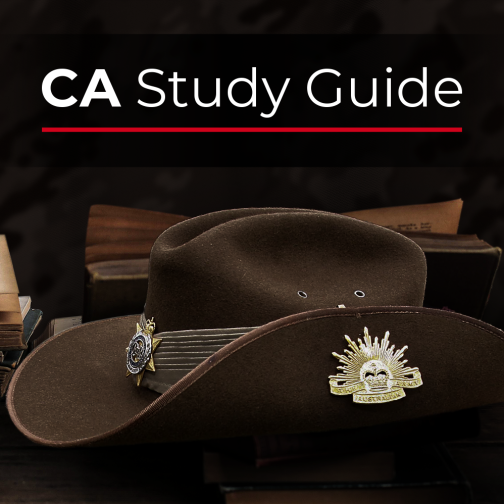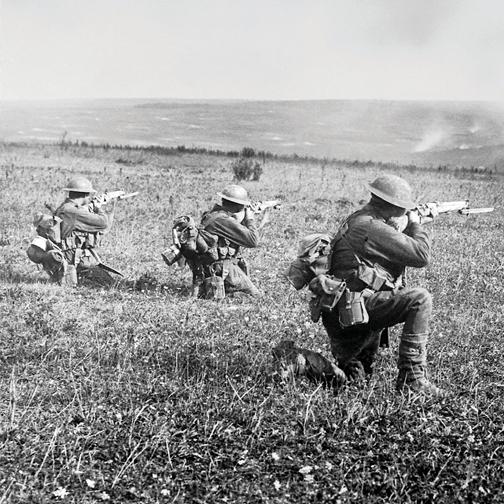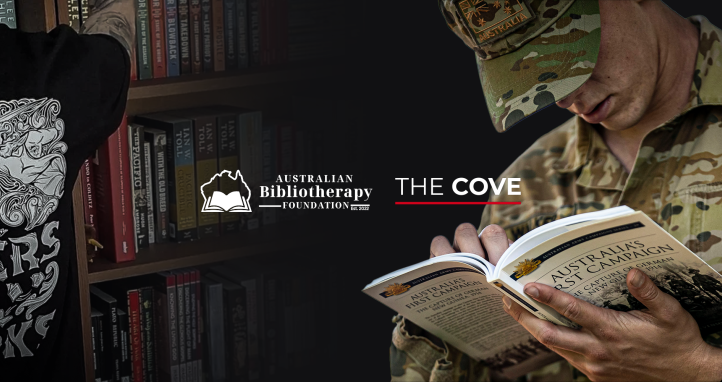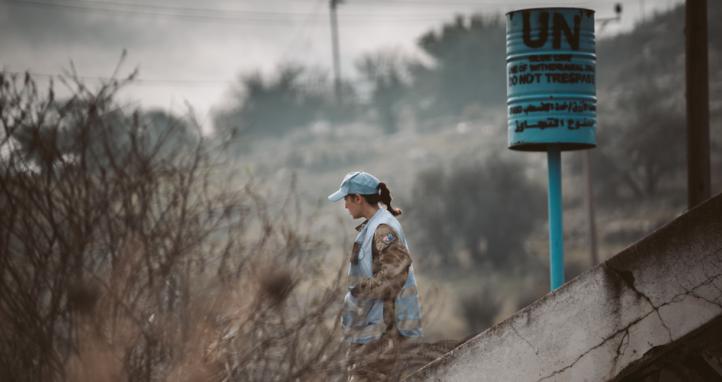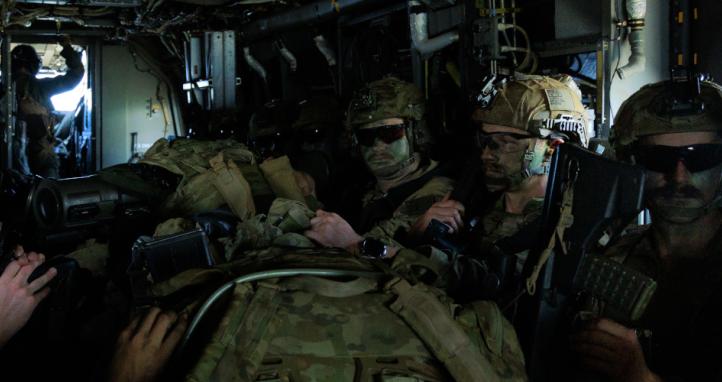Sergeant Maurice Buckley (aka Gerald Sexton) (1891 - 1921, 30yo)
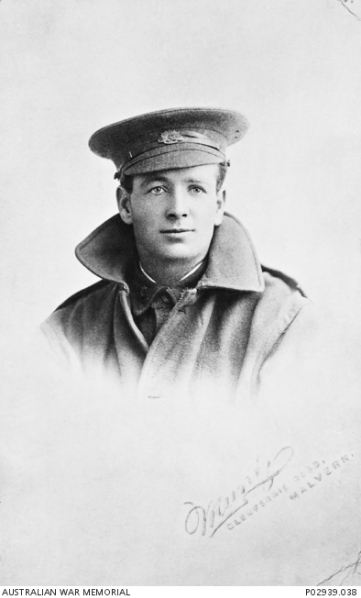
Maurice Vincent Buckley joined the Australian Imperial Force (AIF) on 18 December 1914. He departed for Egypt as part of reinforcements destined for the 13th Light Horse Regiment, though he was sent back to Australia and subsequently abandoned his post on 21 January 1916. If you would like to know more this aspect of Sergeant Buckley's history, use this website.
Adopting the false identity of Gerald Sexton, he re-enlisted during May 1916 and sailed to France with the 13th Battalion. His combat experience encompassed engagements at Bullecourt, Polygon Wood, Ypres, Passchendaele, Hebuterne and Villers-Bretonneux. He subsequently received the Distinguished Conduct Medal for his performance near Morcourt while stationed at Hamel.
During his service with the 13th Battalion, Sergeant Buckley earned the Victoria Cross for his heroic deeds at Le Verguier, France, on 18 September 1918. When his company encountered resistance from an artillery piece, he ‘displayed boldness which inspired all,’ by charging the position under machine gun fire and eliminating its crew. He further demonstrated remarkable courage by assaulting no fewer than six machine gun emplacements, securing a field gun and capturing approximately 100 enemy soldiers.
The Victoria Cross recognition for these actions was initially published under his assumed name Gerald Sexton, which he had used during re-enlistment, before being officially amended.
Buckley’s return to Australia occurred on 9 September 1919, followed by his discharge in December. A riding accident resulted in injuries that proved fatal in 1921. His interment took place with complete military ceremony at Brighton cemetery, Victoria. His decorations are exhibited in the Australian War Memorial Hall of Valour.
Private Patrick Budgen (1897 - 1917, 20yo)

Before his enlistment at Enoggera, Queensland, Private Patrick Budgen operated a hotel in Lismore on New South Wales’ northern coastline. Budgen served with the 31st Battalion, Australian Imperial Force, during operations in Belgium throughout the First World War. The twenty-year-old Pat Budgen received a posthumous Victoria Cross in recognition of his exceptional courage and commitment to duty across three days amid Australia’s methodical territorial gains in late September 1917.
When his unit faced impediment from concentrated machine-gun fire on two separate instances, he courageously guided small groups forward to neutralise these enemy positions. During five different occasions, he retrieved injured soldiers who were trapped under severe bombardment and machine-gun assault. In another incident, upon witnessing an Australian Corporal’s capture, he independently charged to assist his fellow soldier, using rifle fire and bayonet attacks to eliminate three enemy troops and secure the release. He continued his combat efforts until falling during his final such mission. His grave is located in Hooge Crater Cemetery, Ypres, Belgium.
Last Reviewed 06/2025

